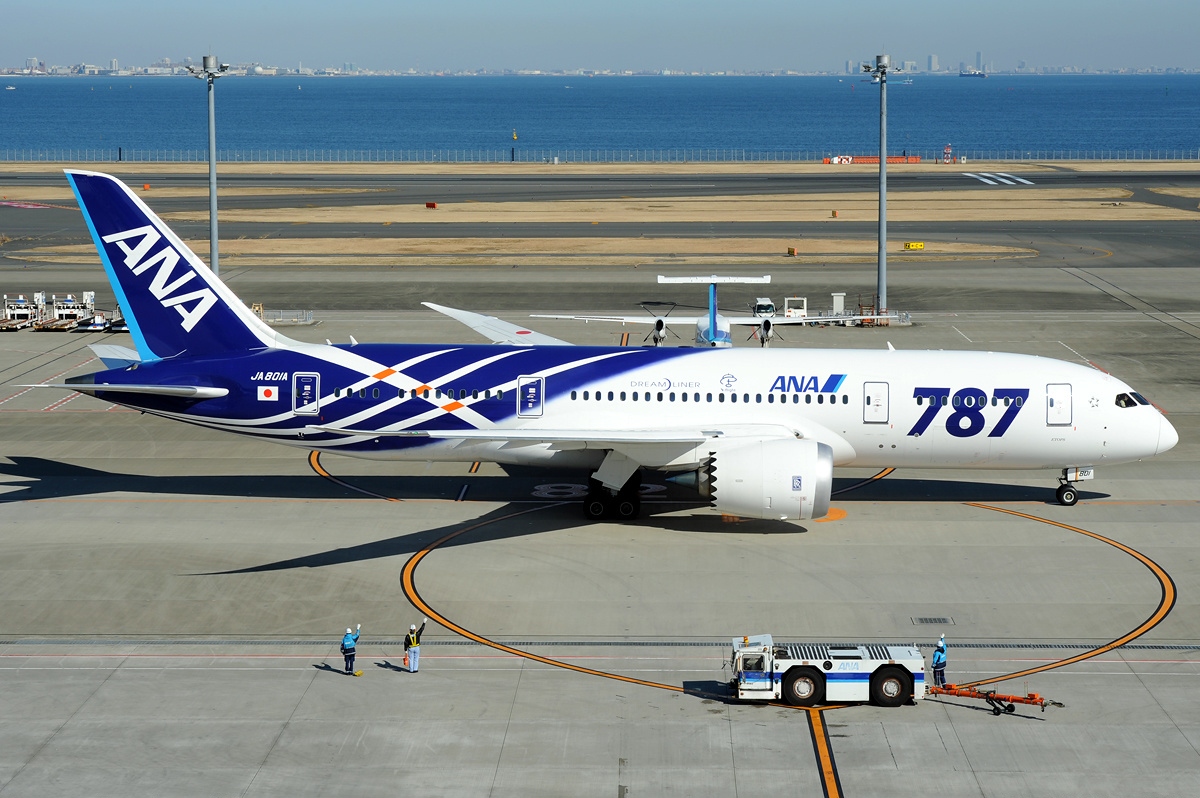15 Years of the Dreamliner: From Innovation to Challenges
On December 15, the Boeing 787 celebrated the 15th anniversary of its inaugural test flight, conducted in 2009. The aircraft was the product of the Dreamliner program, launched by the American manufacturer in 2004, already counting 50 orders from Japan’s All Nippon Airways, which became its launch customer.
Under the command of pilots Mike Carriker and Randy Neville, the maiden flight lasted more than three hours. For the test campaign, Boeing built six prototypes, designated from ZA001 to ZA006, equipped with Rolls-Royce Trent 1000 and GEnx-1B64 engines.
The Boeing 787 Dreamliner was born with the ambition of being the «airplane of dreams» for airlines, and in many ways, that promise materialized. Since its first commercial flight in 2011 with All Nippon Airways (ANA), aboard the iconic 787-8, registration JA801A, which took off from Tokyo bound for Hong Kong, the Dreamliner attracted global attention with its innovative technology and economic efficiency.

Designed with windows that dim using a special gas instead of shades, extremely flexible wings, purer air, and a fuselage composed of 50% composite materials instead of aluminum, the Dreamliner promised a revolutionary flight experience. Its greatest advantage lay in its efficiency and range figures, which enabled the creation of 180 new routes that were previously commercially unviable, as reported by our partner outlet, AEROIN.
However, the Dreamliner’s trajectory was not without challenges. Approximately two years after its launch, Boeing faced a major setback. In January 2013, a fire on a domestic ANA flight, attributed to the cobalt lithium-ion batteries, set off alarm bells.
These next-generation batteries offered high energy capacity in a compact space at the time but also posed risks of overheating, leading to a phenomenon known as Thermal Runaway.
The situation worsened when, that same week, another fire occurred, this time on a Japan Airlines 787 at Boston airport. The FAA, the U.S. regulatory agency, responded quickly, temporarily grounding all Dreamliner flights until the issue was resolved. Boeing, under pressure, reviewed the battery structure and changed the supplier, overcoming the initial crisis.
Despite this setback, the Dreamliner not only survived but thrived, quickly reaching the milestone of 1,000 units delivered, solidifying itself as a commercial success. In the following years, the 787 continued to stand out as the ideal option for long-haul routes, excelling with its unprecedented fuel efficiency.
Recently, new challenges have emerged for Boeing, specifically related to issues of fuselage manufacturing nonconformities on the 787. Although the battery complications represented a more severe crisis, the current problems focus on quality control processes within the supplier chain.
Even so, the Dreamliner remains an essential pillar in the global fleet, with a more efficient balance between range and economy, without directly competing with other Boeing models like the 777. The Dreamliner continues to be a reference for innovation and efficiency in commercial aviation, demonstrating that, even in the face of challenges, its original promise as the «airplane of dreams» remains intact.


Para comentar, debés estar registradoPor favor, iniciá sesión